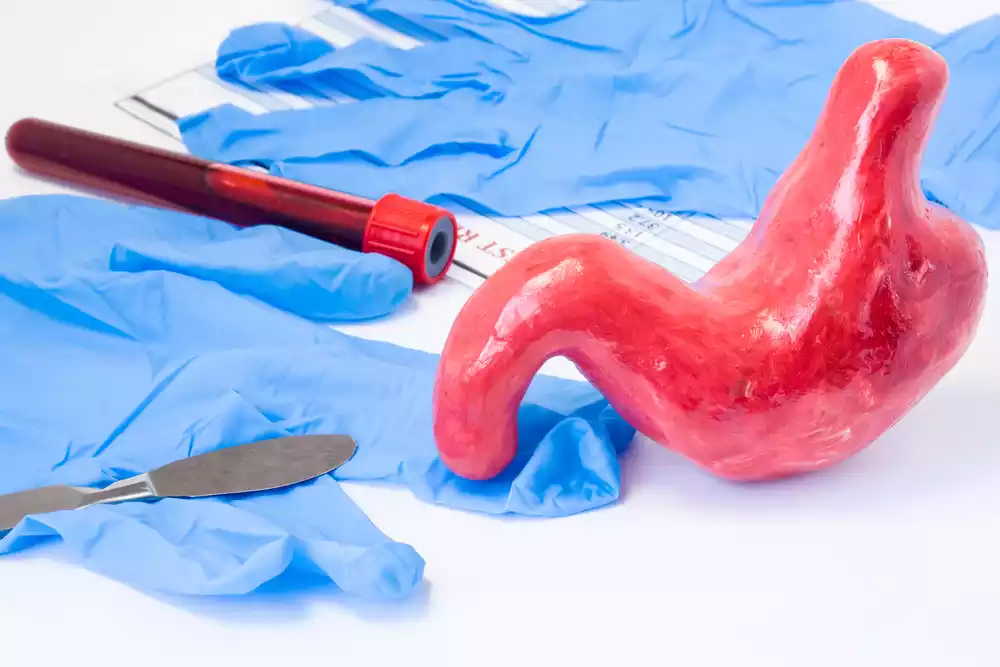Bariatric surgery stands as a powerful tool in the fight against obesity, offering significant weight loss solutions for those struggling with severe weight issues. Among the various types of bariatric surgeries, the gastric sleeve procedure is particularly popular for its effectiveness in reducing the stomach’s size, thereby decreasing hunger levels and aiding in long-term weight management. But what should patients expect when it comes to gastric sleeve recovery time? This article will guide you through the recovery stages of bariatric surgery, focusing on the gastric sleeve, and provide insights on how to ensure a smooth and successful healing process.

What is Bariatric Surgery?
Bariatric surgery encompasses a range of surgical procedures intended to aid weight loss by making changes to the digestive system. The most common types of bariatric surgery include gastric bypass, gastric sleeve (sleeve gastrectomy), and adjustable gastric banding. Each of these procedures is designed to either limit food intake, reduce nutrient absorption, or both. The primary goal of bariatric surgery is to help individuals with severe obesity achieve and maintain a healthier weight, thereby improving or resolving issues such as diabetes, high blood pressure, and sleep apnea.
Gastric Sleeve Surgery Explained
The gastric sleeve, or sleeve gastrectomy, involves removing a large portion of the stomach to create a smaller, sleeve-shaped stomach. This alteration not only restricts food intake but also influences hormonal changes that reduce hunger. Understanding the gastric sleeve recovery time is crucial for patients preparing to undergo this procedure, as it involves several phases from immediate post-surgery care to long-term lifestyle adjustments.
The Recovery Process: From Hospital to Home
Immediate Post-Surgery Care
Immediately following gastric sleeve surgery, patients typically spend one to three days in the hospital. During this time, healthcare providers focus on monitoring vital signs, managing pain, and preventing complications. Nurses and doctors will ensure the following:
- Pain Management: Medications are provided to control discomfort and promote healing.
- Monitoring: Routine checks on blood pressure, heart rate, and oxygen levels.
- Fluid Intake: Patients begin with small sips of water and clear fluids to ensure hydration without overwhelming the newly reduced stomach.
- Movement: Encouraging gentle movements such as standing or walking to prevent blood clots and enhance circulation.
This immediate care phase is a critical component of the gastric sleeve recovery time, setting the foundation for a stable recovery.

Dietary and Physical Restrictions
The weeks following surgery bring significant changes in diet and activity, which are key to successful gastric sleeve recovery time:
- Dietary Changes: Patients start with a liquid diet and gradually transition to pureed foods and soft foods over several weeks. It’s essential to follow dietary guidelines to ensure the stomach heals correctly and nutrients are adequately absorbed.
- Physical Activity: Exercise is initially limited to light activities like short walks. Patients should avoid heavy lifting or strenuous exercise until they’re cleared by their doctor, usually a few weeks post-surgery.
Adhering to these restrictions is vital for healing and establishing a foundation for sustainable weight loss.
Transitioning Back to Daily Activities
Most patients can begin to resume normal activities, including returning to work, within two to four weeks after surgery, depending on their recovery progress and the nature of their job. Here’s a guideline on transitioning back to daily life during the gastric sleeve recovery time:
- Work: Patients with non-strenuous jobs might return to work after two weeks, while those with physically demanding roles may need additional time off.
- Exercise: Gradual reintroduction of light exercise, such as walking or swimming, is encouraged once approved by a healthcare provider. More intense activities can typically resume after six weeks.
- Driving: Generally, patients can drive again after they are no longer taking pain medication, and they feel comfortable moving without significant discomfort.
Long-Term Dietary Changes
The success of gastric sleeve recovery time and long-term weight management relies heavily on adapting to permanent dietary changes:
- Portion Control: Smaller meals are necessary due to the stomach’s reduced capacity.
- Balanced Nutrition: Focusing on high-protein, low-calorie meals that offer essential vitamins and nutrients.
- Fluid Intake: Staying hydrated by sipping water throughout the day, but avoiding fluid intake during meals to optimize digestion.
These changes not only support recovery but are crucial for achieving and maintaining desired weight loss outcomes.

A New Beginning: Embracing Change for Long-Term Success
Adjusting to life after gastric sleeve surgery requires commitment, but the rewards are significant. As gastric sleeve recovery time progresses, patients often notice improved energy levels, enhanced mobility, and a better quality of life. Committing to new eating habits and active lifestyles lays the groundwork for sustainable weight management and health improvement.
For those considering bariatric surgery, such as the gastric sleeve in Tijuana, Boscen Weight Loss offers expert guidance and exceptional care. By undergoing this transformative procedure, patients are well-prepared for subsequent cosmetic enhancements, such as liposuction, further aiding in achieving their ideal body image and boosting confidence.




